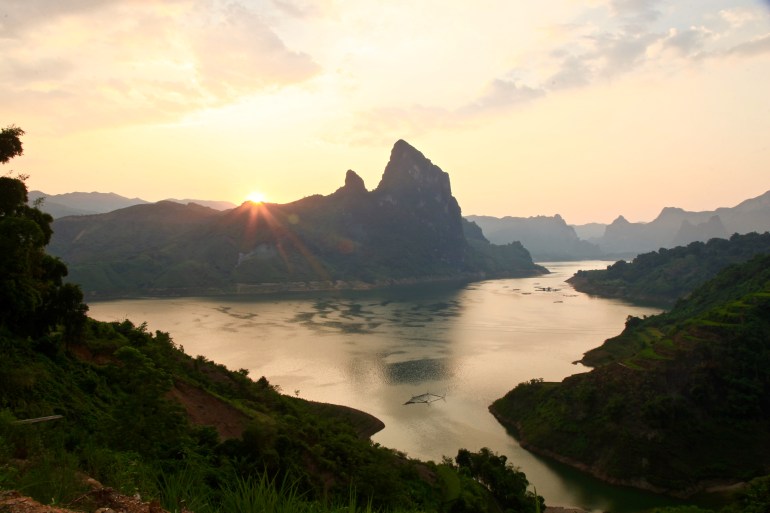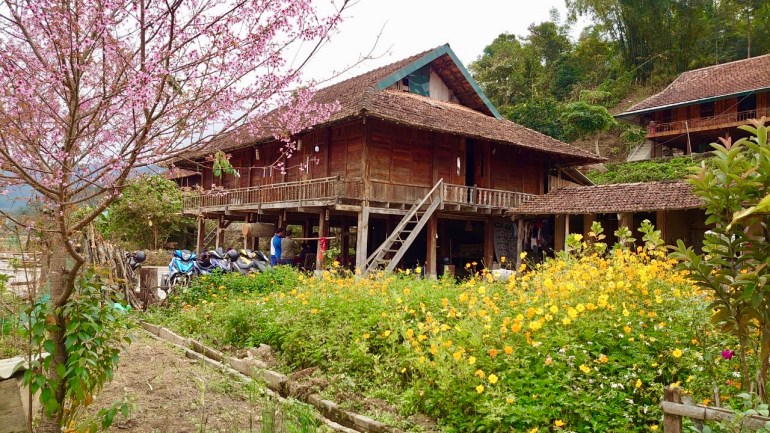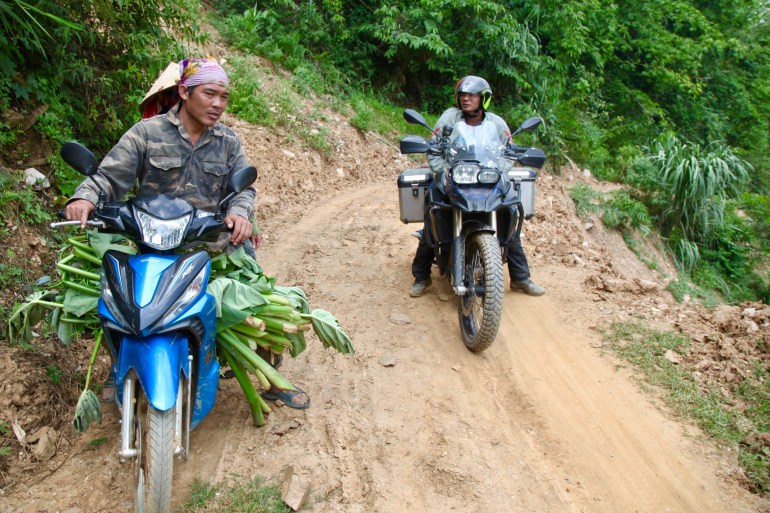As Vietnam reopens, villagers seek more sustainable tourism | Tourism
Dien Bien Phu, Vietnam – A remote, mountainous province in northwest Vietnam, Dien Bien Phu is famed for the climactic eponymous battle of 1954 in which the Viet Minh resistance army defeated superior French forces to help bring an end to a century of colonial rule.
Today, the province is known for something far less glorious: grinding poverty. Though Vietnam’s economy has grown by an average 6.17 percent annually over the past two decades, 45 percent of Dien Bien Phu’s population remains mired in poverty, according to the General Statistics Office of Vietnam, making it the country’s second-poorest province.
For ethnic minorities, poverty rates are even higher, a symptom of the province’s rugged landscape and cyclical flooding combined with poor access to education, transportation, finance and health care.
Tourism has long been viewed as a way to alleviate poverty in Vietnam. In 2019 alone, the country welcomed 18 million visitors, accounting for 9.2 percent of gross domestic product. But tourism has also been blamed for straining infrastructure and precipitating environmental and cultural decay.

Sapa in neighbouring Lao Cai province is a textbook example. Surrounded by photogenic rice terraces and jagged mountain tops, the town first gained global attention as a trekking destination in the 1990s. Then investors swooped in and built increasingly large and more generic hotels, turning Sapa into a perpetual construction site ensconced in dust.
“Sapa was so, so beautiful the first time I went there in 1995,” Tuan Nguyen, the director of Hanoi-based motorcycle tour company Moto Tours Asia, told Al Jazeera.
“Now it’s awful. I don’t take my customers there any more. Instead, we go to villages in Dien Bien Phu where traditional culture and architecture of minority hill tribes have been preserved.”
Now, as Vietnam welcomes back foreigners after two years of pandemic-related border closures, Nguyen and his partners are spearheading an initiative to promote eco-tourism, fight poverty and preserve Indigenous culture in Dien Bien Phu: a network of village homestays set in traditional stilt houses where 100 percent of the profits will go to locals who own and operate them.
The initiative was inspired by Phuan Doc Homestay, a property with 40 beds in Che Can, a Hmong ethnic minority village half an hour northeast of Dien Bien Phu City.

With dreamy rice terraces and misty mountain views, ambling creeks and winding country roads, a nearby lake teeming with birdlife and every structure in the village adhering to traditional designs, Che Can appears cut straight out of an oil painting.
Adding to the colour, the locals still wear traditional Hmong dress: colourful skirts, blouses and leg wraps made from natural fibres like silk and hemp, shirts with batik designs and elaborate headdresses.
“Besides being super beautiful, Che Can is just a really unique experience [that involves] being able to live with the Hmong and see their way of life,” Catherine Ryba, a traditional healer from the United States who lives in Hanoi, told Al Jazeera. “It gives you a different view of Vietnam and lets you get out of the tourist bubble.”
Phuan Doc Homestay, one of the two in the village, was established in 2018 by Lovan Duc with assistance from the Center for Community Development (CCD), a local subsidiary of the charity Care International.
“At the beginning, I didn’t know anything about tourism,” Duc told Al Jazeera. “But CCD educated me about foreigners and took me to see many different homestays. That gave me some ideas and with the $13,000 they gave me in loans and grants, I was able to build a guesthouse of my own.”
Before the pandemic, Duc and his family hosted about 300 guests per month, a third of whom were foreigners. Today they accommodate only half that, all domestic tourists. They charge people $5 a night and another $12 for meals – feasts of spring rolls, barbecued chicken, fish stew, roast duck, rice, dipping sauces, tropical fruits and rice wine that everyone eats together.
They also rent out bicycles for $3 and offer guided tours to the nearby former underground hideout of Vo Nguyen Giap, aka Red Napoleon, the ingenious Vietnamese general who masterminded the victory over the French at Dien Bien Phu.
“The income is much better than working in a rice field,” Duc said. “We now have enough money to pay for our children to go to high school and even go to university if they get good enough grades.”

Nguyen’s plan is to select eight to 10 picturesque villages and direct capital from the provincial government and NGOs to build two or three traditional homestays in each.
He also plans to provide training to locals on how to work with tourists and curate nature-based activities like trekking, bicycle riding, kayaking and tours of historical sites, and bring in volunteers from overseas to tutor locals in English. Once the network is established, he envisages that tourists will stay for two or three nights in each village, and spend an average of 10 days in Dien Bien Phu, immersed in village life.
“We don’t see this as a way to make a profit,” Nguyen said. “It is a five-year plan to empower local communities with jobs and long-term economic opportunities that will help preserve ethnic culture and architecture instead of wiping it out.”
“We want the local people to benefit instead of rich people from Ho Chi Minh City or Hanoi turning up to build big hotels like what happened in Sapa,” he added. “I have a friend there who sold her family’s land 10 years ago to an investor for $20,000. Now it’s worth $1m and she really regrets selling it. The money’s all gone now and she has nothing to show for it.”
What’s to stop a landowner in a scenic area like Che Can, once it makes a mark on the tourist trail, from doing the same?
Duc said that while he had never previously considered the downsides of tourism, he was confident his village would not suffer the same fate as Sapa.
“Everyone in my village has signed a contract stating that they are only allowed to build traditional wooden houses and that they can only be two stories high,” he said. “The community in our village is very strong. People cannot just decide what to do on their own.
Duc said he was also not worried about competition from his neighbours and supported Nguyen’s efforts to build on his village’s success.
“I want them to experience the success that my family has had so they can have better incomes and better lives.”
